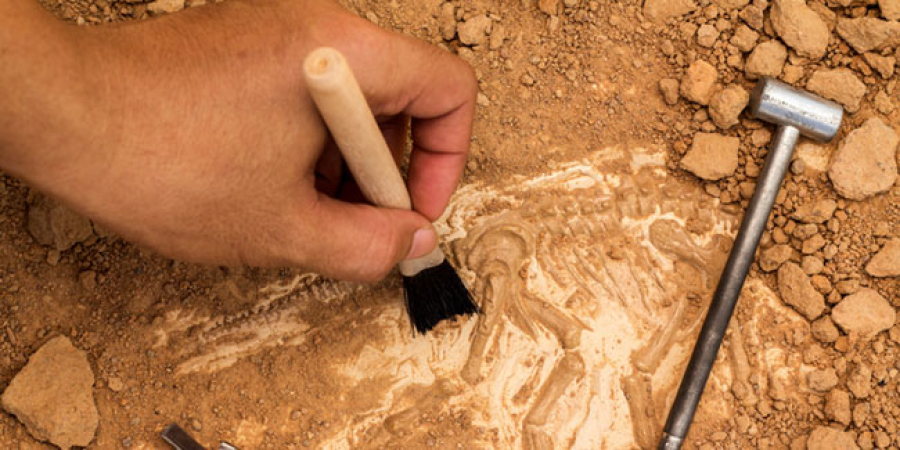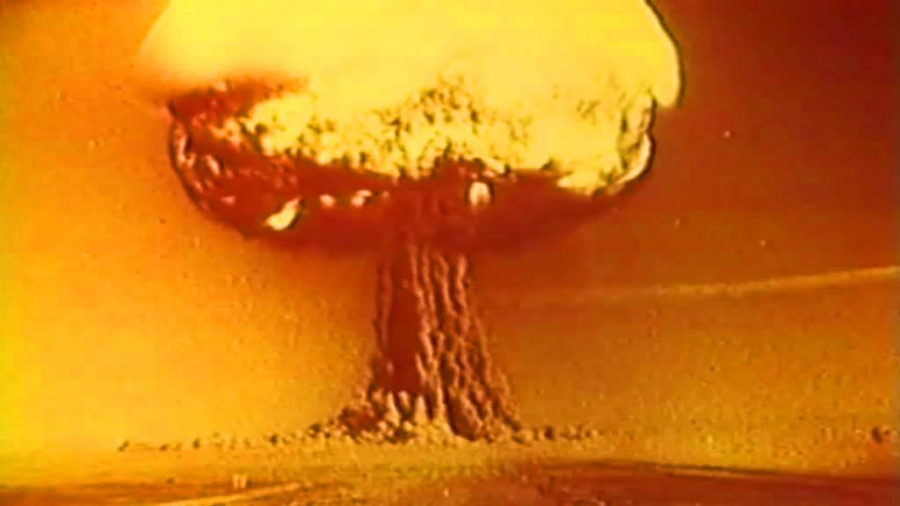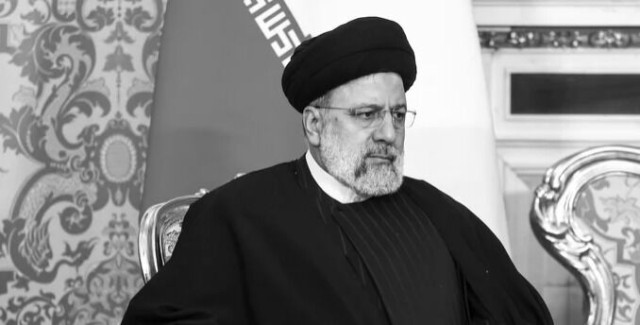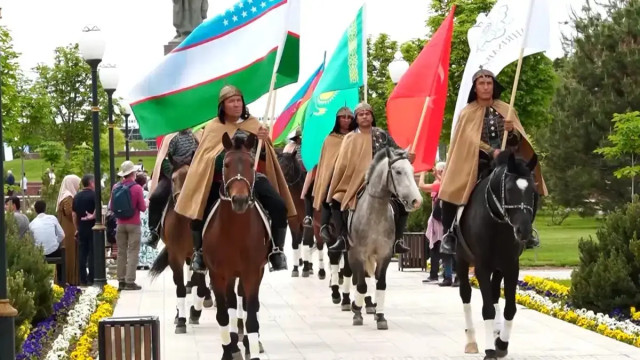
Kazakh scientists are studying the remnants of an ancient man found in the Botai settlement. The skull was discovered last summer in the vicinity of Nikolskoye village of Aiyrtau district in Akmola region. Archeologists assume that the ancient man was about 40 years old. Presently, the artifact is being restored in Almaty. After that, Russian scientists will study it and give their own conclusion.
“Now the main task is to identify the DNA, its haplogroup as well as to determine which language family this individual belonged to. This is our first task. The second main task is to carry out plastic surgery. We want to apply skin on this skull, give a face back and see the image of a Botai man, who lived 6,000 years ago,” explained Kuanysh Shakshakov, Director of the Botai State Historical and Cultural Museum-Reserve.
During the last archaeological season at the Botai settlement, researchers found over 200 artifacts, but they have not yet uncovered all the secrets. According to experts, today, only 2,000 square meters have been explored out of 36 hectares of the settlement. More than 4,000 artifacts have been found.
“There are still many mysteries regarding the Botai settlement. The places of burial, the funeral rite are still unknown, although, according to scientists, on average, up to 15,000 people used to live here. But we still do not know where they are buried, and where their remains are. This causes great interest among archaeologists and scientists,” noted Aigerim Aidarbekova, spokesperson for the Botai State Historical and Cultural Museum-Reserve.
The development of ethno-tourism in the Aiyrtau district will help popularize the heritage of the Botai culture and give it a special status. This year, the construction of a tourist visitor center will begin in the Lobanovo village. And next year, an archaeological base will be opened right outside the settlement.
“The archaeological base will consist of two floors. Laboratories, a depository, an office processing, a conference room, a dining room will be on the first floor. The second floor will house a hostel for participants in archaeological excavations, as well as study rooms. That is, this archaeological base will function all year round,” Shakshakov said.
Thanks to this, scientists from other regions and countries will be able to conduct their research right at the site of the settlement. And this, according to local archaeologists, will pave the way to many scientific discoveries and unveil plenty of mysteries of the past.
Translation by Saule Mukhamejanova
Editing by Galiya Khassenkhanova









